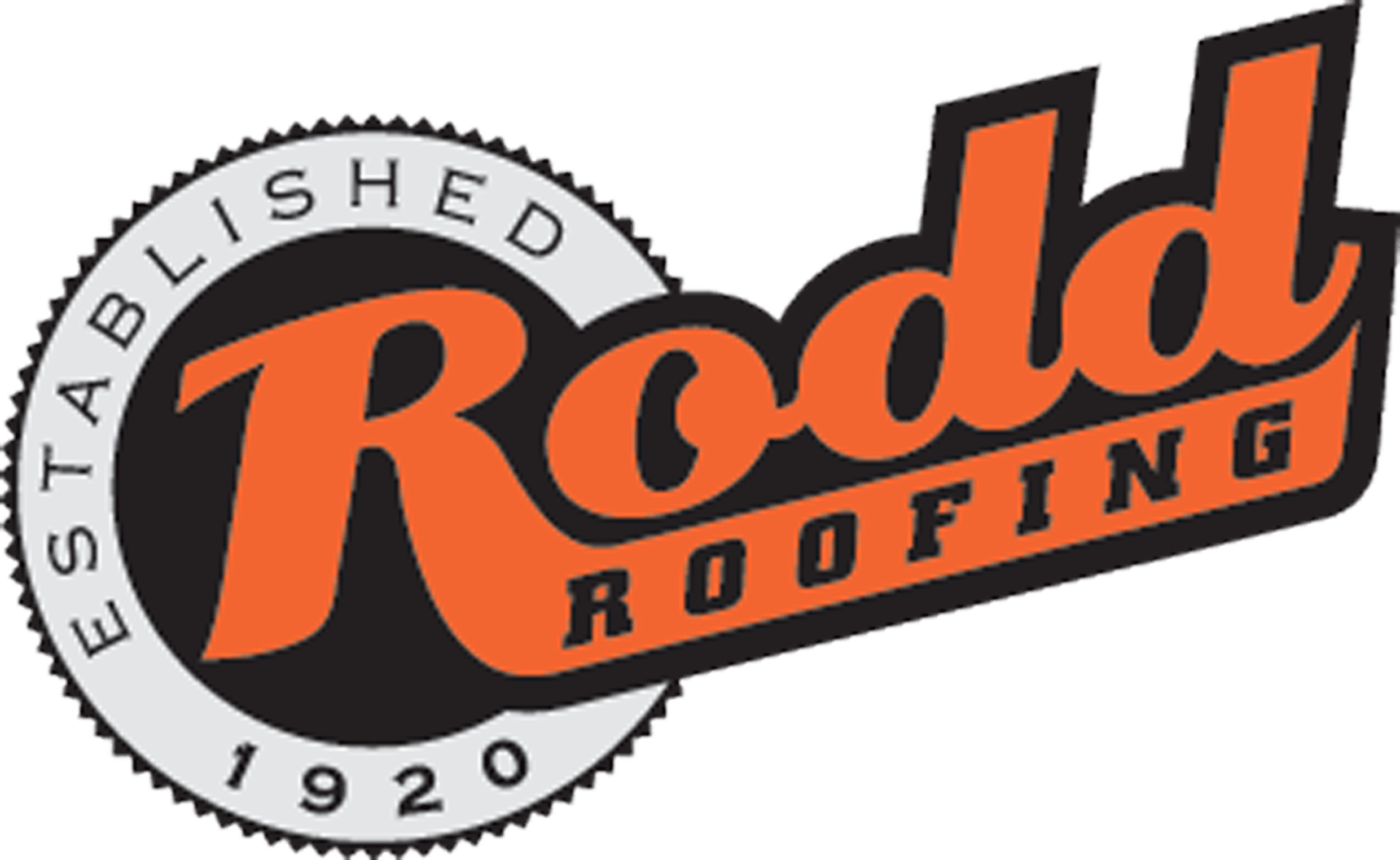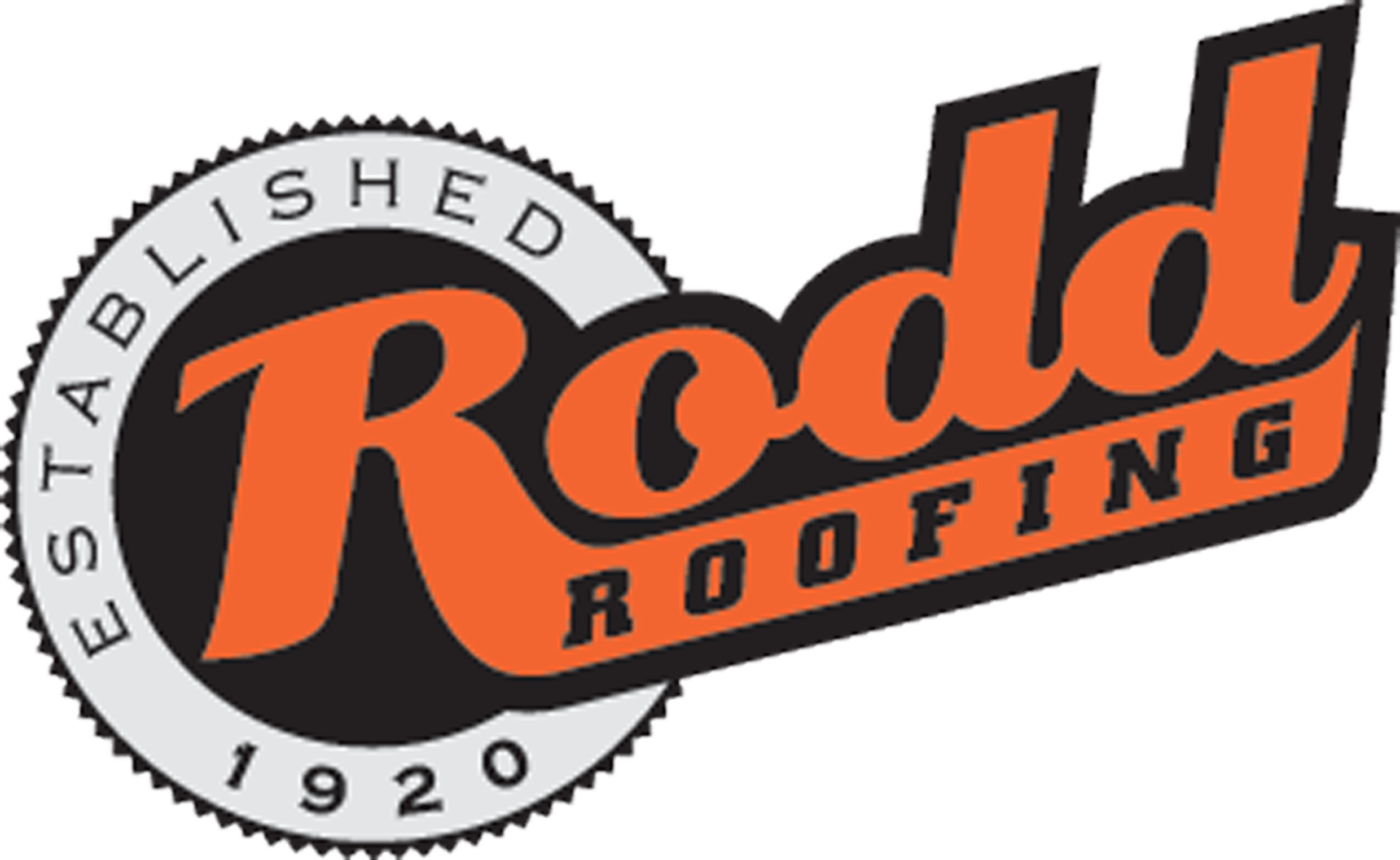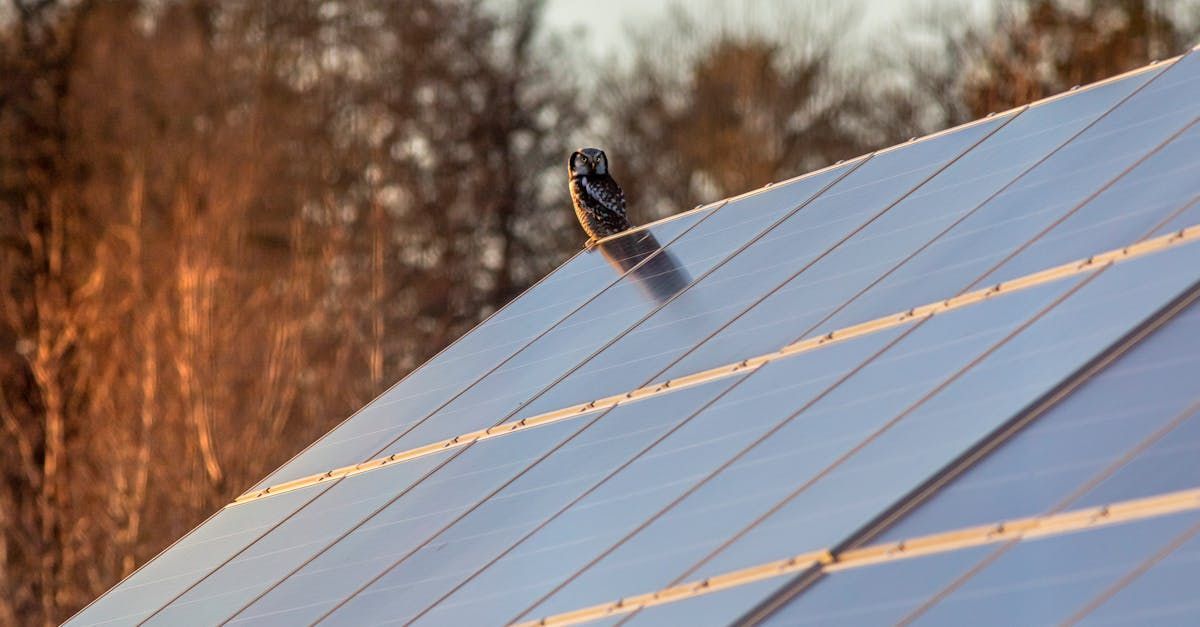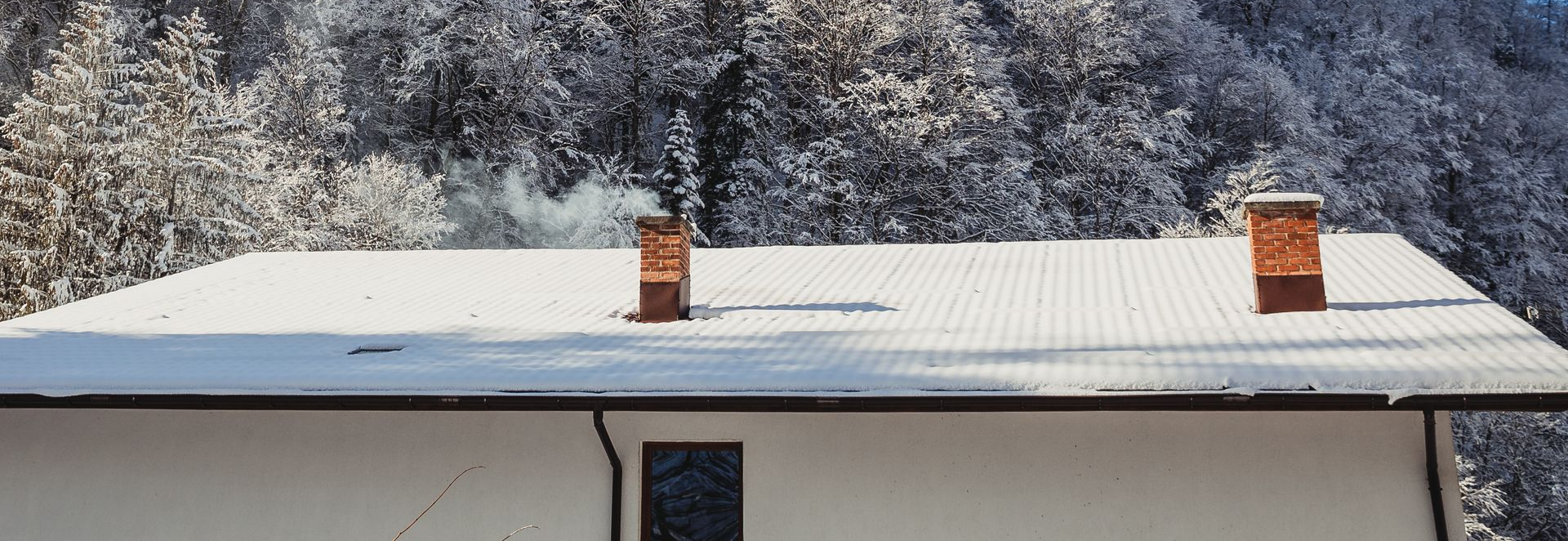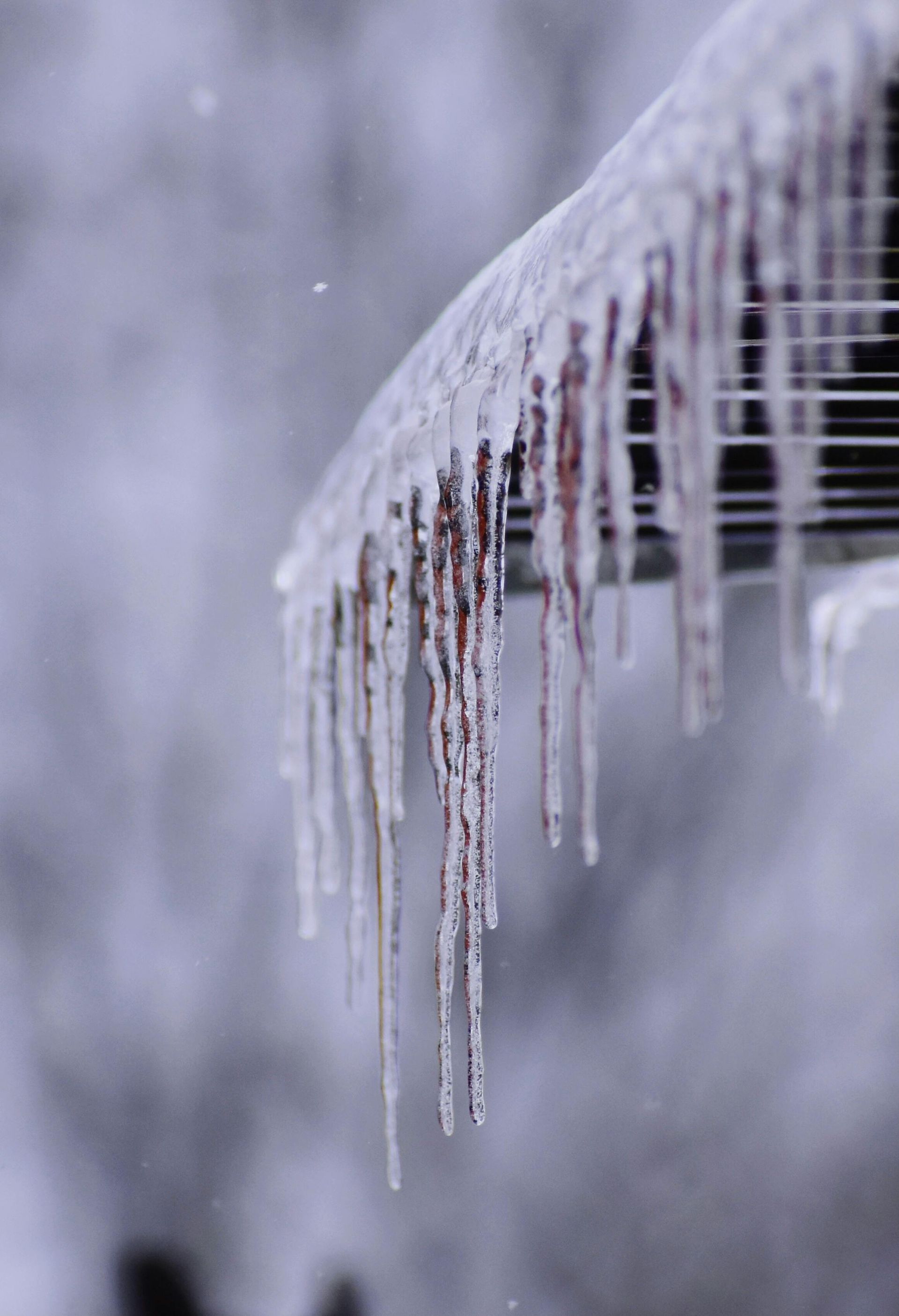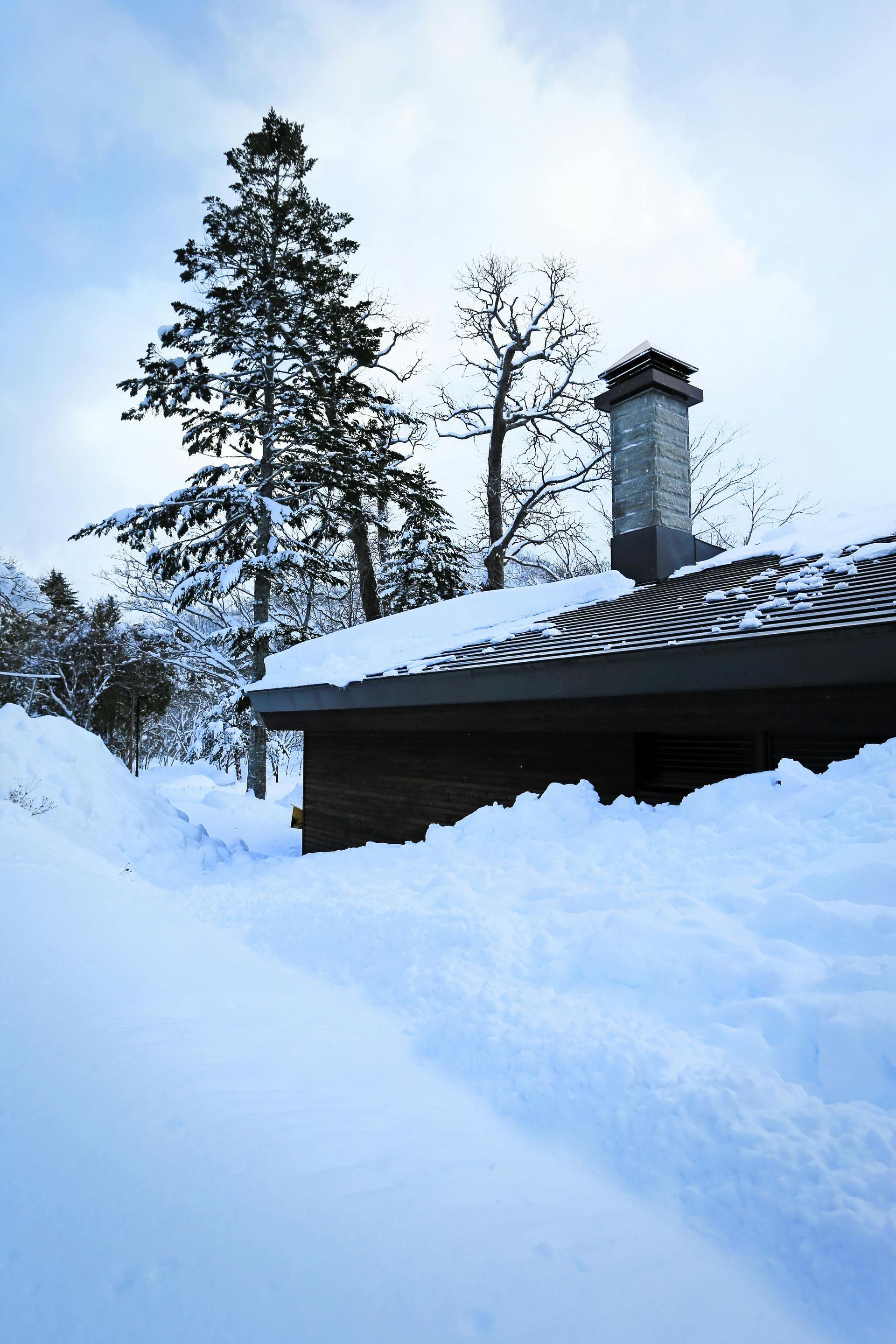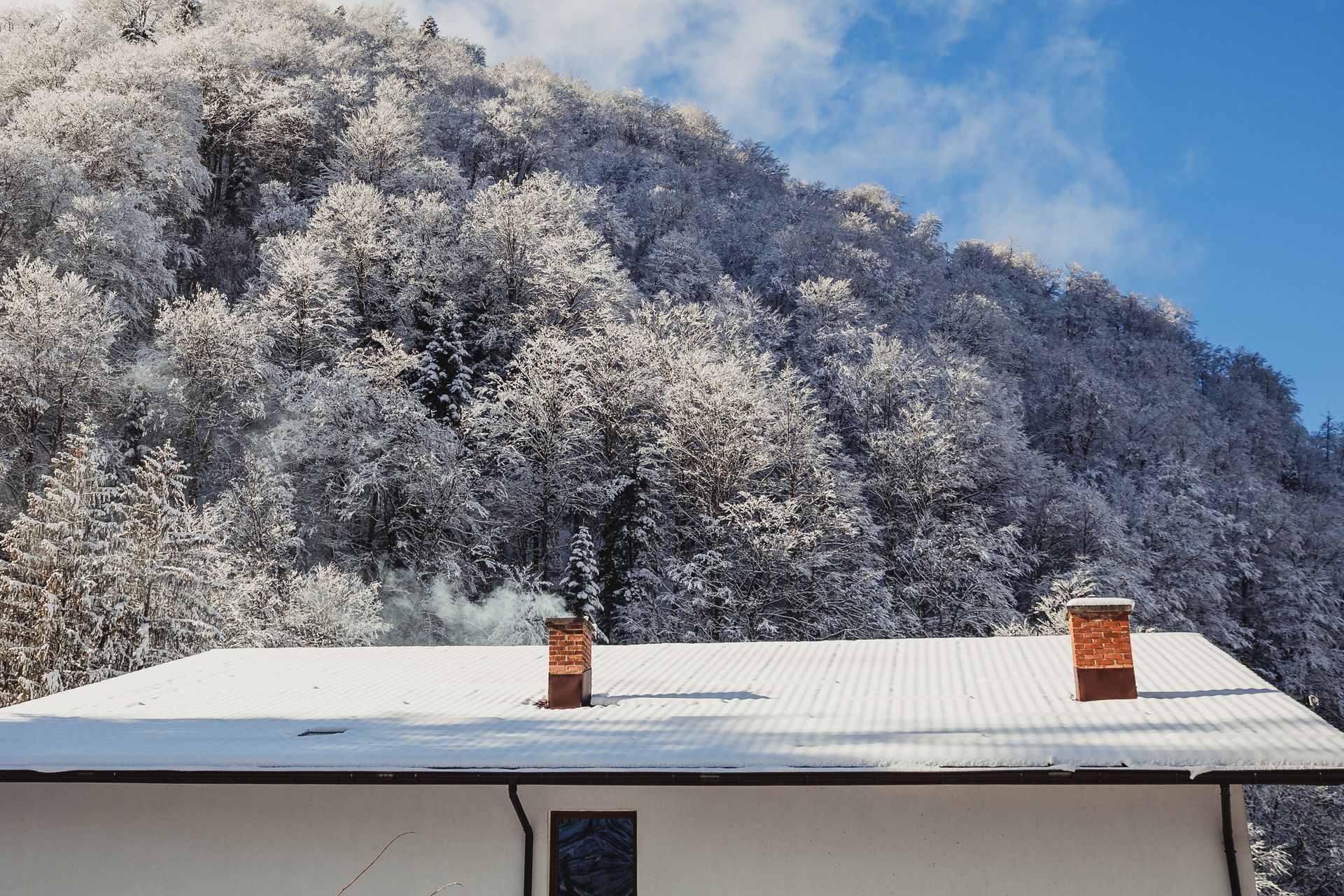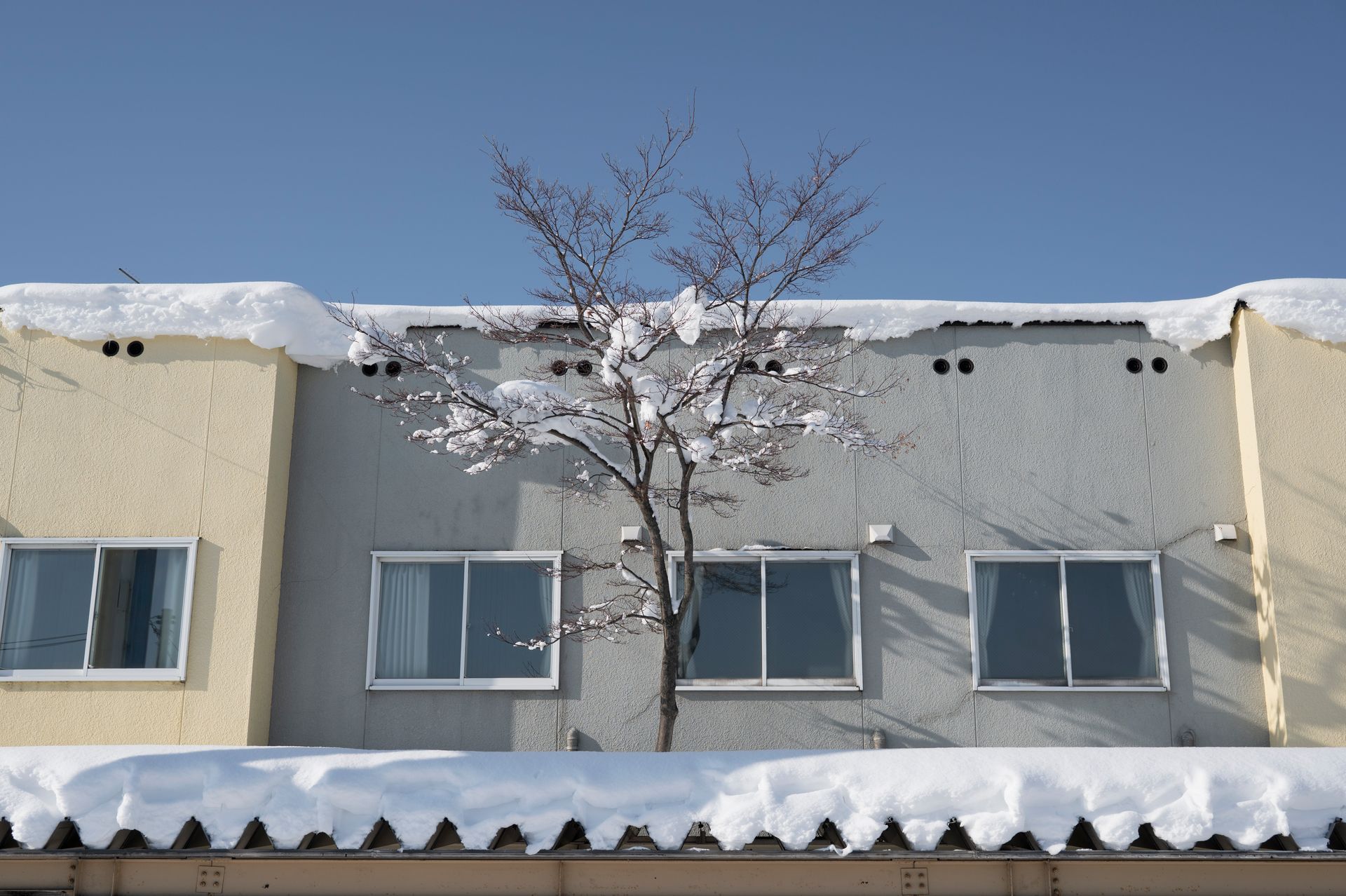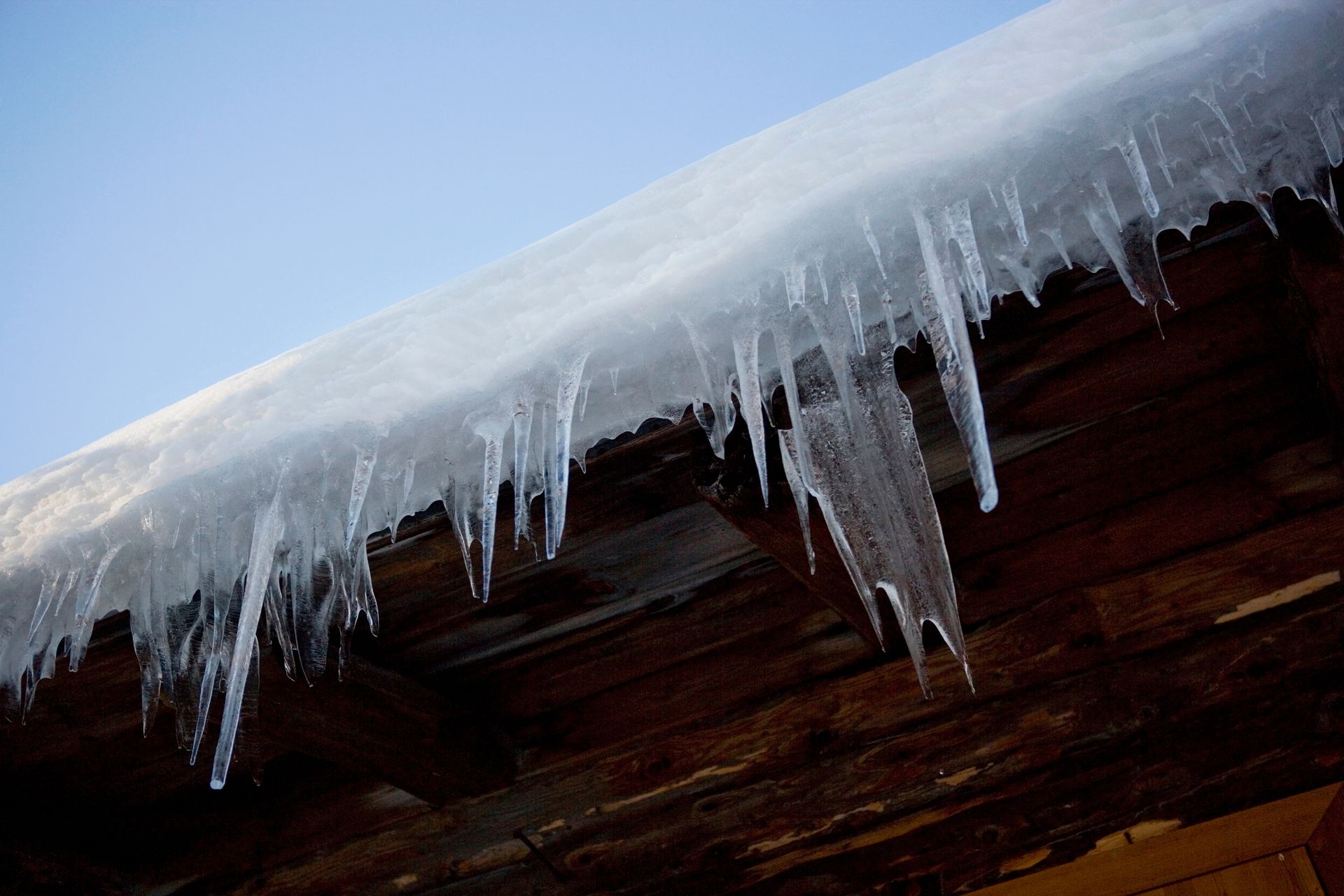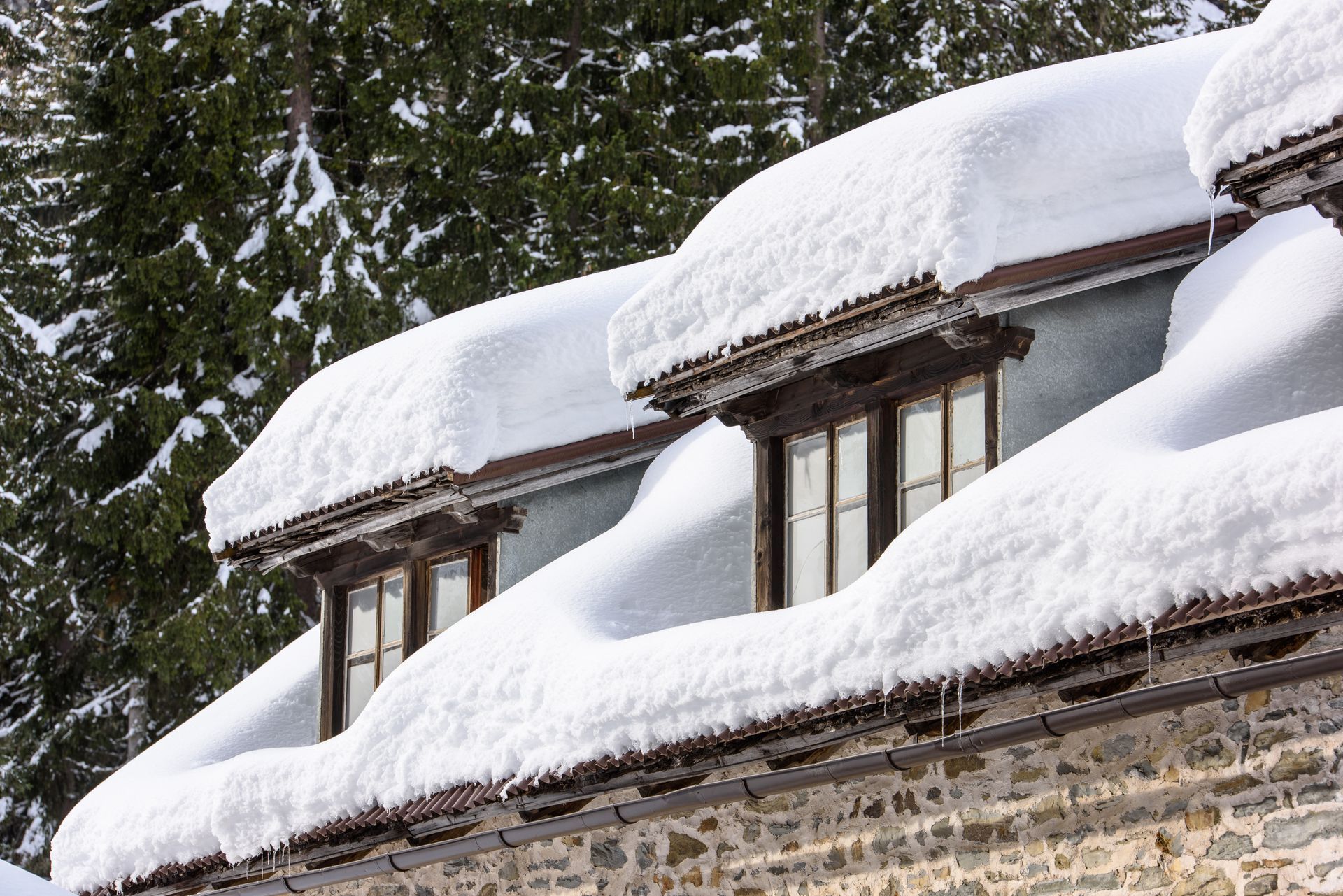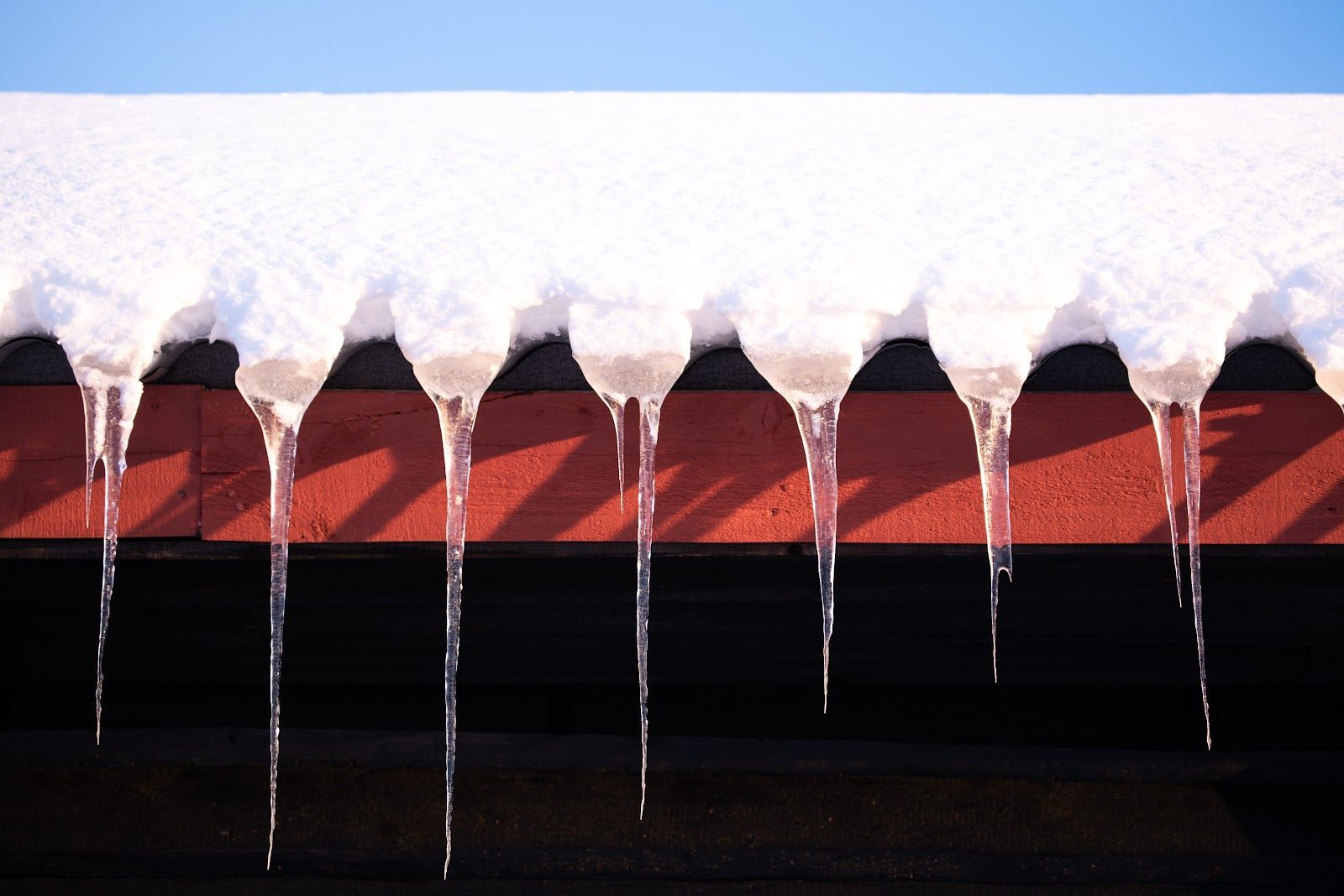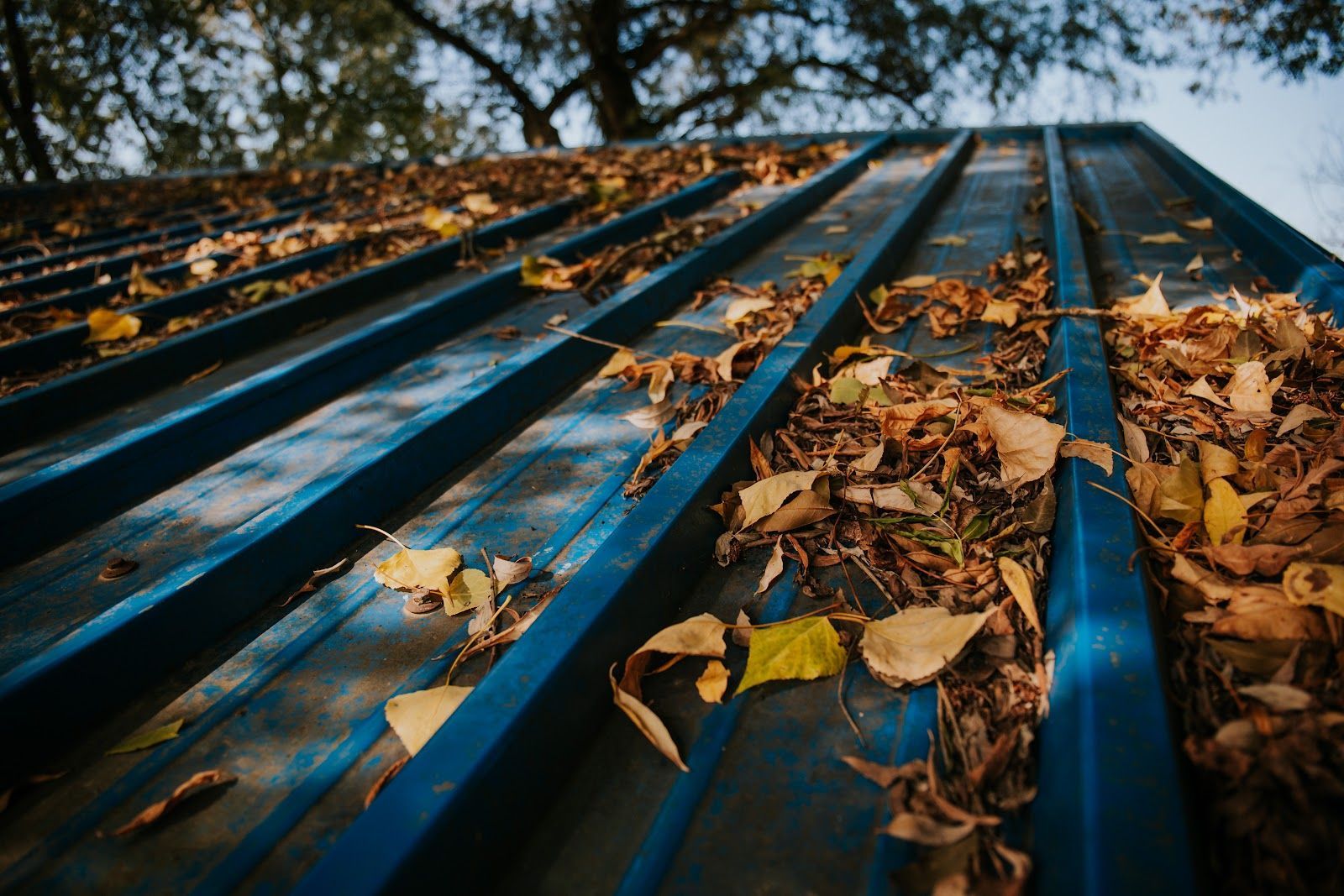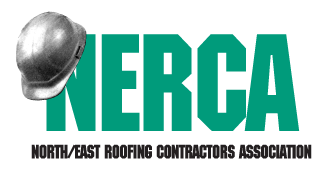Choosing the Right Roof for a Cold Climate: What Materials Work Best in Vermont
The Best Roofing Materials to Withstand Vermont’s Cold, Snowy Winters
Living in Vermont means you get to enjoy all four seasons—beautiful summers, crisp falls, and snowy winters. But with those heavy snowfalls, ice dams, and freeze-thaw cycles, your roof needs to do more than just look good—it has to perform under pressure. Choosing the right roofing material for a cold climate like ours can make the difference between peace of mind and costly repairs.
So, what roof types stand up best to Vermont winters? Let’s take a closer look.
Metal Roofing: Built for Snow and Durability
Metal roofs are one of the most popular choices in snowy climates—and for good reason.
- Snow Shedding Power: Their smooth surface helps snow slide right off, preventing dangerous buildup.
- Durability: Metal can withstand decades of tough New England weather with minimal maintenance.
- Energy Efficiency: Reflective coatings help keep homes cooler in summer, while insulation beneath helps retain heat in winter.
- Longevity: A properly installed metal roof can last 40–70 years.
Best for: Homeowners who want long-term durability, minimal winter maintenance, and energy efficiency.
Asphalt Shingles: A Reliable, Cost-Effective Option
Asphalt shingles are the most common roofing material in Vermont—and with modern improvements, they’re better suited for cold climates than ever before.
- Affordability: Lower upfront cost compared to metal or slate.
- Weather Resistance: Architectural shingles are designed to withstand high winds and resist water penetration.
- Availability: Easy to source and repair if a section gets damaged.
Considerations: Asphalt may not last as long as metal, especially under heavy snow loads, so routine inspections are essential.
Best for: Homeowners seeking a budget-friendly, versatile roofing option.
Slate and Synthetic Slate: Timeless Strength
Slate has been used for centuries in cold-weather regions. Its dense, natural composition stands up exceptionally well to freezing and thawing.
- Extremely Durable: Slate roofs can last 75–100 years or more.
- Heavy Snow Protection: Slate is dense and can handle Vermont’s heaviest snowfalls.
- Aesthetic Appeal: A classic, high-end look that elevates curb appeal.
Considerations: Slate is expensive and very heavy, meaning not all homes are structurally equipped to handle it. Synthetic slate offers a lighter, more affordable alternative with similar looks.
Best for: Homeowners who want a premium, long-lasting roof and are prepared for the upfront investment.
Wood Shakes and Shingles: Natural Beauty with Extra Care
Cedar shakes and shingles bring rustic charm, but they’re not always ideal for Vermont’s climate.
- Insulating Qualities: Wood provides natural insulation.
- Aesthetic Appeal: Fits well with traditional and rustic architecture.
Considerations: Wood is prone to moisture damage, mold, and rot in snowy or damp conditions. They require diligent maintenance to stay in good shape.
Best for: Homeowners who prioritize aesthetics and are committed to upkeep.
Key Takeaway: Match the Roof to the Climate—and Your Needs
In Vermont, a roof isn’t just about keeping the rain out. It’s about protecting your home from snow loads, ice, and constant temperature swings.
- Metal roofs are the top performer for shedding snow and long-term durability.
- Asphalt shingles provide an affordable, dependable option with solid weather resistance.
- Slate (or synthetic slate) offers unmatched longevity but comes with higher costs.
- Wood shakes are beautiful but high maintenance in a snowy climate.
Before making a decision, consider your budget, your home’s structure, and how much maintenance you’re willing to take on.
At Rodd Roofing, we’ve helped Vermont homeowners protect their homes with the right materials for decades. If you’re thinking about a new roof, we’re here to guide you toward the best choice for your home and climate.
